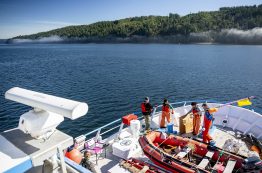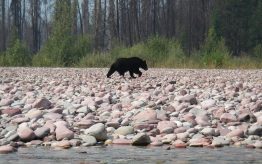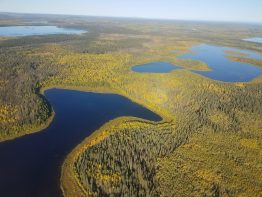You can’t help but notice that P. Sean McDonald, lecturer in the College’s Program on the Environment, places a high value on science communication. Not only does he continuously try to build new communication skills for himself, but he encourages his students to do so as well through his course on environmental communication each winter. He even goes so far as emceeing monthly science events at local breweries.
Read more »Sea Lessons: Oceanography major Deana Crouser’s adventures aboard the R/V Carson
Follow Deana Crouser aboard the University of Washington’s floating lab, R/V Rachel Carson, as she studies some of Puget Sound’s smallest inhabitants and gives us a glimpse of what the future looks like for the world’s oceans.
Read more at uw.edu »How streamer lines prevent thousands of seabirds from becoming bycatch
More than a decade after streamer lines were introduced to Alaska’s longline fisheries, seabird bycatch is down more than 77%...but there’s still room for improvement.
Read more at UW News »Assessing riverside corridors — the ‘escape routes’ for animals under climate change — in the Northwest
Under climate change, plants and animals will shift their habitats to track the conditions they are adapted for. As they do, the lands surrounding rivers and streams offer natural migration routes that will take on a new importance as temperatures rise. An open-access study led by the University of Washington pinpoints which riverside routes in Washington, Oregon, Idaho and western Montana will be the most important for animals trying to navigate a changing climate.
Read more at UW News »Many Arctic lakes give off less carbon than expected
The Arctic is warming twice as fast as the rest of the planet. One consequence of that trend is the thawing of permafrost, a layer of earth that has remained frozen for thousands of years in some areas. This frozen soil and vegetation currently holds more than twice the carbon found in the atmosphere. As permafrost across northern Alaska, Canada, Siberia and other high-latitude regions thaws, microbes in the soil consume organic materials, releasing carbon dioxide or methane, an even more potent greenhouse gas, into lakes and the atmosphere.
Read more at UW News »





